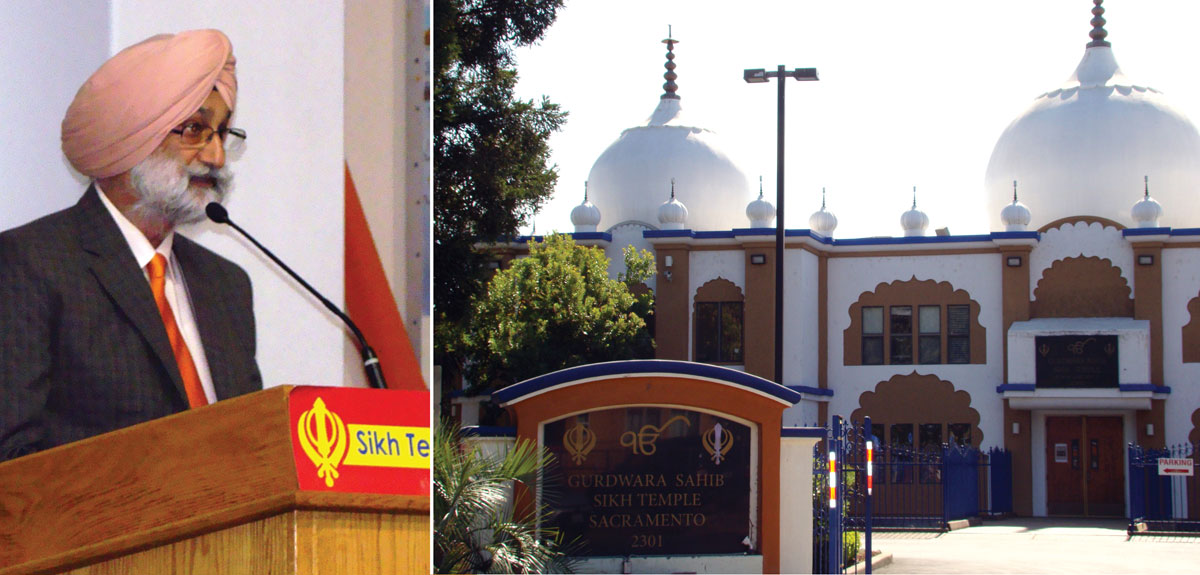Gurdwara Sahib Sikh Temple Opens Doors, Minds and Hearts
Dr. Amrik Singh, (l), speaking at outreach event at Gurdwara Sahib Sikh Temple, (r), in West Sacramento, Calif. (All photos: Ras H. Siddiqui)
A notification came though the Interfaith Council of Greater Sacramento that the Gurdwara Sahib Sikh Temple from across the river in West Sacramento had sent out an invitation for the first 500 Non-Sikhs to come to their place of worship and become familiar with their faith, on Sept. 29, writes Ras H. Siddiqui.
A little over 25 million people practice or follow Sikhism worldwide today and even though the faith is not the dominant religion in South Asia (where it originated) it is certainly a very visible one.
Founded by Guru Nanak (1469-1539), the followers of this faith known as Sikhs can be found all over the world today. They also like to be known as “Punjabis” because they strongly identify and adhere to their cultural roots in the land of five rivers and the language which they speak. That land today is divided between India and Pakistan.
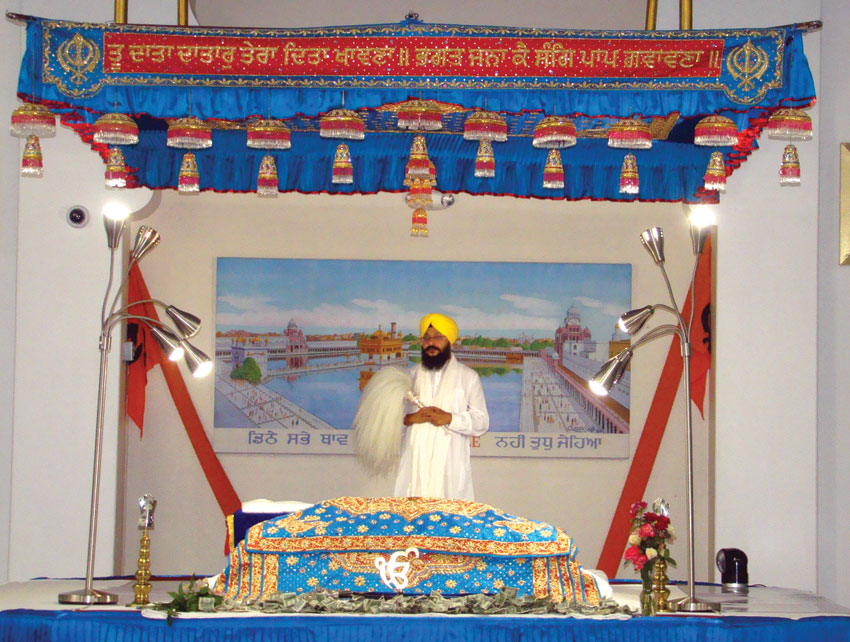
The partition of 1947, which divided British India, was especially devastating to the Sikh people (they were neither Hindu nor Muslim). And for a primarily agriculture-based people who love land, their displacement from it was not taken well. Many hundreds of thousands perished as millions moved across borders. Muslims to Pakistan and Hindus and Sikhs to India. But to see Punjabis together here in America, it is interesting to note that irrespective of the three religions that they follow the commonality and yes even comradery displayed amongst them can be disarming. They may be Indian, Pakistani or just American, they remain Punjabi, and once they start off in their own language, outsiders like this writer can feel left out and perhaps even bewildered.
But let us move beyond nostalgia and the romance of the divided Punjabi culture to the post 9/11 environment in America today. Within hours after the twin towers in New York fell and the Pentagon was damaged, pictures appeared in the mainstream media in America of a tall brown-skinned man wearing a head covering that looked like a turban sporting a beard. His name was Osama, a person of Saudi Arabian origin, belonging to the Muslim faith, who had once fought alongside the United States in the fight to remove the Soviet Union from Afghanistan. And what did the ordinary Joe in America deduce from this? Strange as it may seem the new enemy (Osama) looked pretty much like a Sikh walking around in the U.S., because Punjabi Sikhs are often tall, brown skinned and have beards. This case of “mistaken identity” has created problems for them and they have been attacked out of sheer ignorance, and for adhering to their faith.
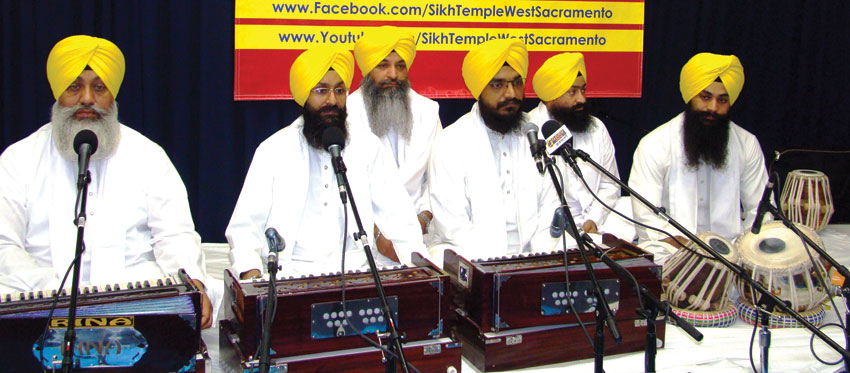
The Five Ks or physical symbols of Sikhism call for keeping Kesh (uncut hair tied within a Turban), Kara (wearing of a steel bracelet), Kanga (keeping a wooden comb), Kaccha – (wearing a cotton underwear) and yes, a Kirpan (steel sword). These symbols are well-known to people from South Asia but certain aspects of it can give people in the western world the wrong idea. One possible deduction that one can derive from these is that Guru Gobind Singh (1666 – 1708), the last or 10th Guru, who initiated this custom for Sikhs, possibly wanted them to stand out in a crowd and always be identified as followers of the faith. That reason alone it makes them unafraid of who they are. To this day Sikhs are not only known for being great farmers but as brave warriors as well. Just about every country that they live in today has Sikhs in their military and soldiering is considered a noble profession within the community.
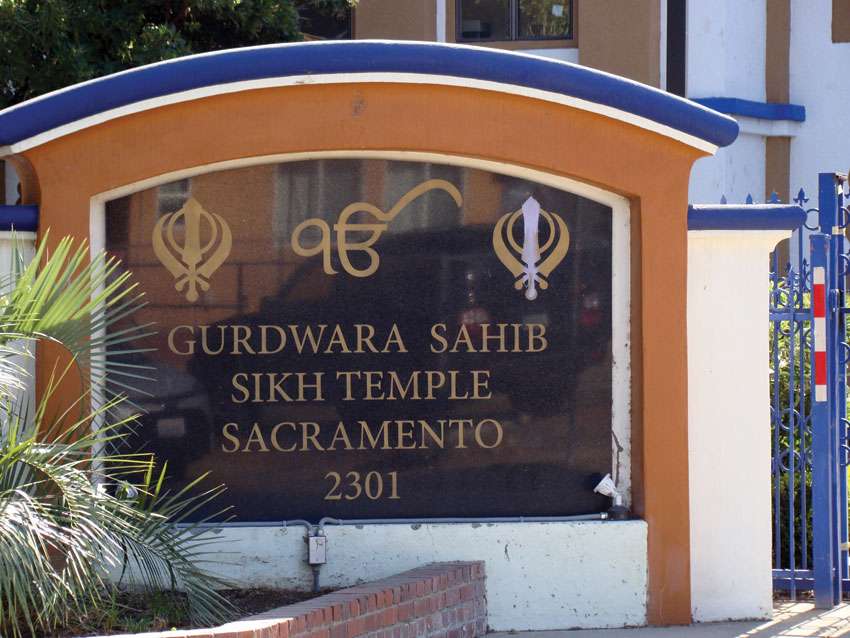
Back to the event, the Gurdwara Sahib Sikh Temple is an imposing structure at 2301 Evergreen Avenue in West Sacramento. The parking lot was full so we parked in the back where the charter school is located. For this particular event, there were alert attendants who guided us Non-Sikh visitors. This writer who visits mosques frequently, the removal of shoes and the wearing of a head-covering is not unusual. There were plenty of blue “Rumals” or bandanas available for the guests to cover their heads and many members of the local mainstream could be spotted here wearing them. Gurdwaras usually have four entry doors, known as the Door of Peace, the Door of Livelihood, the Door of Learning and the Door of Grace. On this day, the first-timers like us were hopefully entering through the Door of Learning (in a symbolic sense). Many Sikhs here were dressed in traditional Punjabi cultural attire. Men and women sat on separate sides of the hall.

The inside was impressive, and the large number of Non-Sikhs present was quite noticeable. The holy book or Guru Granth Sahib was placed here on a raised platform under a canopy, and covered with a beautiful cloth with a person using a whisk waving it, like a fan over it. Throughout the evening, entire families approached this canopy structure, made a donation, offered salutation and prostrated themselves (forehead touching the ground), showing their humility and respect for the knowledge that the book contains. Another small stage was occupied by a yellow turbaned group of singers getting ready to sing hymns from the Guru Granth Sahib accompanied by instruments. This hymn-singing is called Kirtan and is also a part of Sikh worship.
California State Assemblymember Kevin McCarty was present along with his two daughters. McCarty represents the 7th Assembly District, which includes West Sacramento. The Assemblymember, along with Rachel Lyman, and Jon Fish from the local interfaith community spoke at this event as guests. Mohinder Singh Sandhu was the emcee and Jasjit Singh and Dr. Amrik Singh made some very detailed and informative speeches on behalf of the Sikh community for our benefit.
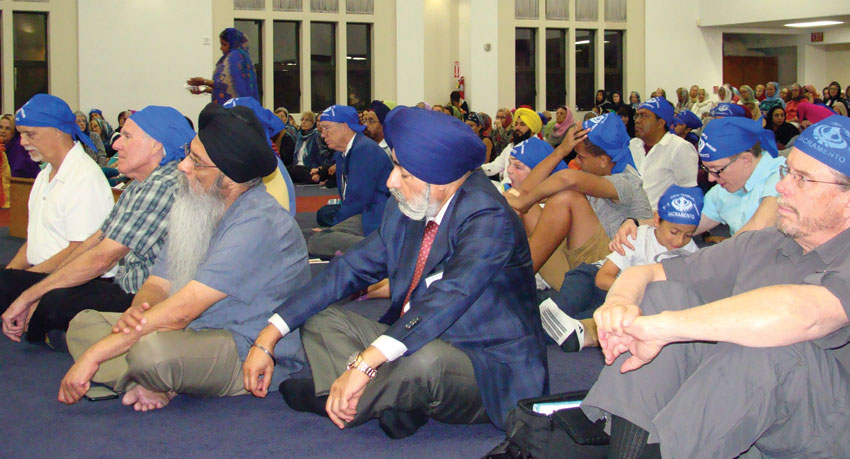
Also spotted were many Non-Sikh members from the area South Asian community. I asked Dr. Firdos Sheikh, an Indian American, on her impressions and why she made it a point to attend. She said that it’s time to indulge in spiritual confluence and not religious divide. It’s time to love, learn and support. It’s time to take responsibility. “As a Muslim, I stand fearlessly with Sikhs and all other fellow humans and in my own way want to let them know that they should never be carrying the cross for the wrong doing of others and become a target of bigotry. My heart goes out to all those innocent Sikhs who had to bear the cross for no fault of theirs,” she said.
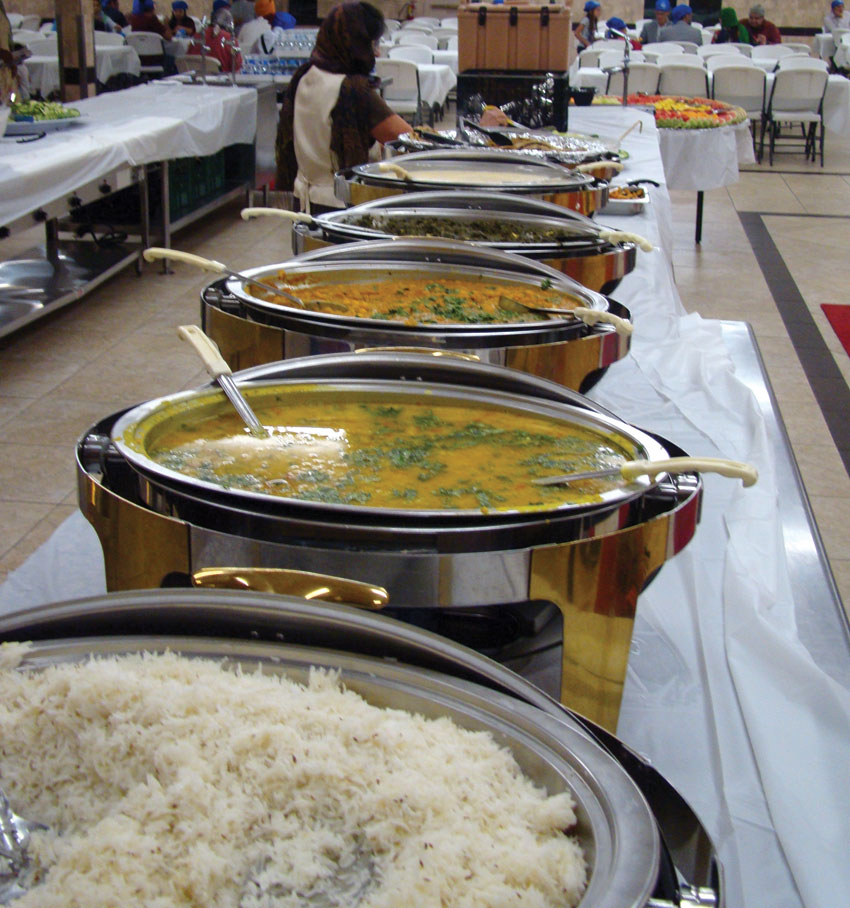
Sikhs have been attacked in California and in other parts of the United States with the Wisconsin incident being the most prominent. They are now responding with some serious outreach especially on the social media with their “We Are Sikhs” effort, one that this writer has been following on Facebook. Let us hope that their message is relayed into the American mainstream, as to who the Sikhs are, and what they believe. Americans of all backgrounds need to visit a Gurdwara and eat some great vegetarian food, or Guru da Langar, like what was served after this event. It might just change their minds about judging people by their appearances and even generate some lasting friendships!
